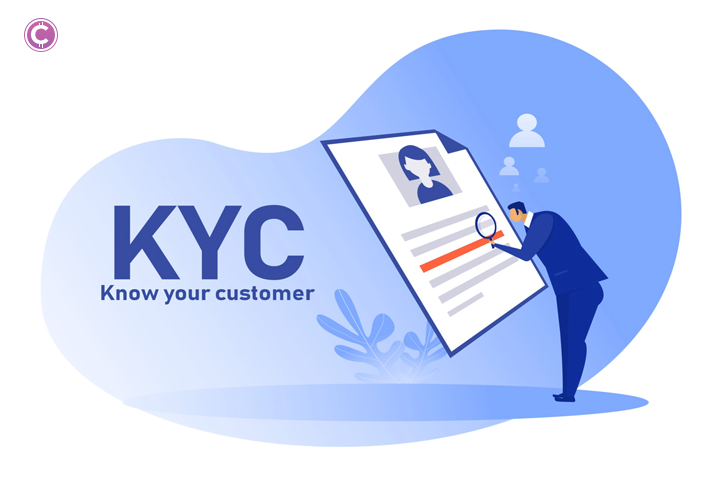
Know Your Customer, or KYC, is an acronym.KYC is a verification procedure used to verify a customer's identity during transactions.Most of the time, this process is done for security and regulatory reasons.
Cryptocurrency transactions are not the only ones that require KYC.If you've ever opened a credit card, phone contract, or bank account in the United States, you've encountered it.
Since The Patriot Act of 2001's implementation, the procedure has been in place.The act of 2001 had the goal of improving national security as a byproduct.It operates this way.
Using customer data, financial institutions collaborate with government agencies.After that, the provided data is entered into a database that examines the potential dangers associated with doing business with that customer.Information that might result in negative customer reviews is stored in the databases.This procedure is in place to stop terrorist financing, money laundering, and other bad things.The financial risk of doing business with a customer can also be addressed with the help of KYC.
What sets AML and KYC apart from one another?
Similar to AML (anti-money laundering), KYC is a process.Compared to KYC, AML is a regulatory standardization that has been in place for a little while.KYC and AML share many similarities.KYC verifications aim to determine the risk of doing business with that customer, which is a significant distinction.
What You Need to Do to Complete KYC Verification Typically, you must provide a picture of an official government-issued ID, Passport, or Driver's License to complete KYC.A picture of yourself must also be submitted.The ID submitted is then compared to the photo.
Submitting a picture of yourself holding an ID is sometimes required as part of the verification process.Some verifications even require a picture of the customer holding a handwritten piece of paper with a brief phrase on it.The word that needs to be written will be provided to you by the verifier.Your name and the date are frequently included in this phrase.By using this method, you can make sure that the person submitting the KYC isn't falsifying any documents or photos.